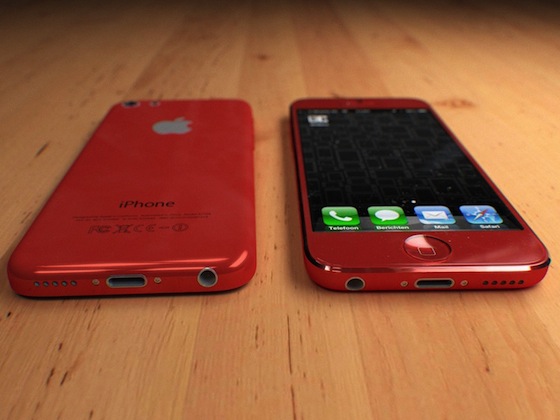Look, DigiTimes is far from being accurate, but this Asian trade publication is nevertheless well-connected and occasionally accurate. According to its Friday report, Apple could initially launch a rumored less-pricey iPhone in small volumes, pegged at no more than three million units during its first quarter of availability. The publication speculates Apple could release the budget iPhone in small volumes in order to “test market response”…
According to DigiTimes:
Speculation currently circulating in the iPhone supply chain in Taiwan indicate that Apple plans to launch an inexpensive model targeting emerging markets with initial quarterly shipments of only 2.5-3.0 million units to test market response.
The report goes on to reiterate previous claims of a four-inch LTPS screen and a cost-effective plastic chassis for low-priced iPhone. The sources added that the device will be powered by Apple’s A6 processor that debuted on the iPhone 5, “optimizing the high yield rates of mature components.”
Per usual, take anything DigiTimes says with a healthy dose of skepticism.
Launching anything in small volumes would be out of character for Apple.
The company carefully chooses which markets to participate in, but once it makes its decision, Apple makes as much products as it can though that usually isn’t enough to meet high demand.
Also worth mentioning: the budget iPhone is supposed to target emerging markets and improve Apple’s standing amid the onslaught of inexpensive Android tablets.
And by emerging markets we mean India, Brazil, China and Russia, collectively home to nearly three billion people. “Testing market response” across such densely populated markets certainly would require way more that three million units – Apple’s channel inventory is greater than that!
Unless, of course, Apple is facing challenges with high-volume production of the budget iPhone.
That’s the word the accurate Apple analyst Ming-Chi Kuo of KGI Securities recently shared. He said the device is likely to be pushed back because its slimmer-than-usual polycarbonate casing is proving more difficult to produce than initially thought.
“The slimmer casing may make it more difficult to ramp up production yields of coating and surface treatment, and could slow down the shipment timetable,” Kuo wrote in a recent note to clients.

